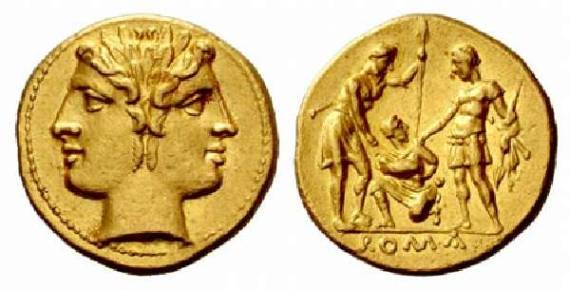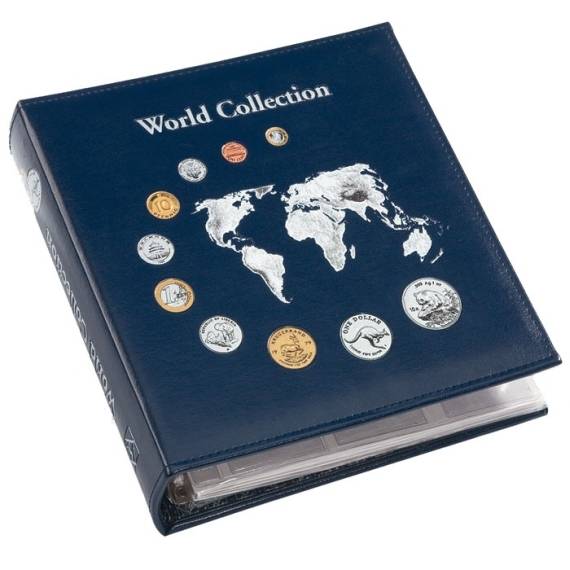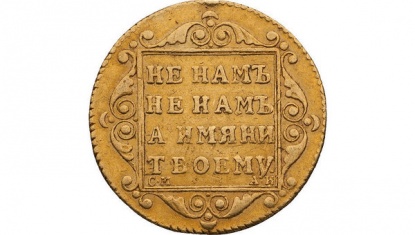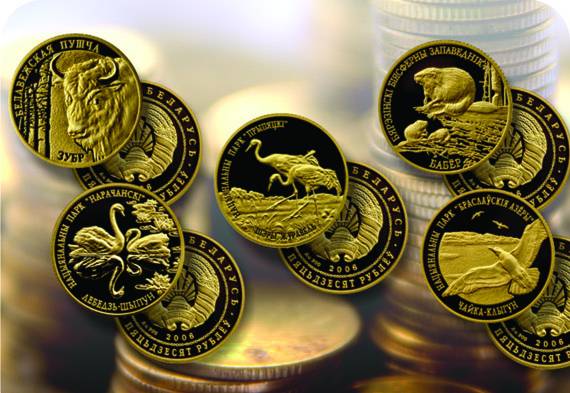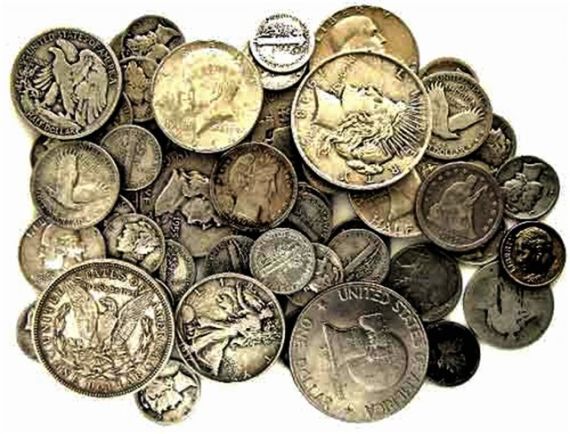Recovery of monetary business in Russia
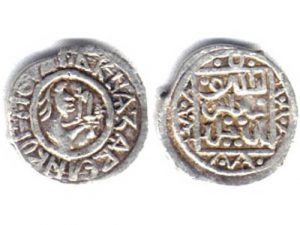 After a rather long period of coin-less commodity circulation, in 1380 under the Grand Duke Dmitry Donskoy, the coins regained their function. In addition, the revival of the coin case also occurred in the Nizhny Novgorod principality.
After a rather long period of coin-less commodity circulation, in 1380 under the Grand Duke Dmitry Donskoy, the coins regained their function. In addition, the revival of the coin case also occurred in the Nizhny Novgorod principality.
From the found coins of that era, it can again be boldly asserted that money again mainly performed the primary function of propaganda and information, since the images on the coins were dedicated to nothing but the victory of Prince Dmitry Donskoy over the Tatars. It is worth noting that initially the coins were issued with the inscription “Grand Duke Dmitry”, but later his middle name was attributed – Ivanovich. However, soon something happened that the entire population of Russia was so afraid of – the coming of the new invader, Khan Tokhtamysh. He not only led his Golden Horde to Russia, but in 1382 captured Moscow. From that moment on, the coins had to put his name together with the name of the prince. Coins were made of flattened wire and had rather an oval shape. In those days, there were no innovative approaches, for example, such as today in Schneider Electric, so the coin was made quite primitive.
Similar events took place in the Nizhny Novgorod principality, which Khan Tokhtamysh also seized and annexed to his lands. Here, Prince Dmitry Nizhegorodsky acted quite cunningly, putting the name of the Khan in an illegible way, which rather resembled an intricate pattern than the ownership of these lands to the Golden Horde.
Sometimes minters working in the mints minted the coin in such a way that the name of the Khan was read upside down, thus emphasizing that the state is independent even from it.
After some time, the Russian princes had a wonderful opportunity to get rid of the Golden Horde elements on their coins once and for all. Instead of the name of the Khan who won them, his title “The Sultan of the Highest” was simply printed, but a few years later, this rather outlandish inscription for a Russian was replaced with a simple one – “Grand Duke”. This suited both the Russian princes and the Khan of the Golden Horde. This was due to the fact that each attributed this inscription to his own name, forgetting that there are others who wish to take advantage of it. Of course, the name of the Russian princes on the coins remained, usually it was minted in the center of the coin, and under it was an additional inscription “Grand Duke”. This went on for about fifteen years, after which a new Horde Khan, Prince Edigai, came to power.
In 1408, angry that there was not a single mention of himself on the coins, and only the pitiful ridicule of the Golden Horde army was present, Edigey collected large forces and sent them to Moscow, as a result of which it dealt a heavy blow. After these unfolding events, monetary legends change dramatically, and the attitude of the Moscow principality to the Golden Horde reappears. However, in this current situation, coin engravers manage to get out, and thereby demonstrate the independence of the principality from the Prince of Golden Horde. The word raray appears on the coins. Of course, this word does not carry any semantic information, but it is a kind of reminder of the defeat of Khan Mamai on the Kulikovo Field, an element of secret writing, so to speak, in which a change of only two letters will show that sooner or later the Tatar-Mongol yoke will come to an end. However, due to the fact that the word was Mongolian, Edigei approved his minting, completely unaware that he had thus surrendered his positions, even if morally.
Thus, the recovery period of the coinage was rather complicated, since quite a lot of varieties of coins were issued over two decades. However, it was rather an information war, the main purpose of which was to show the independence of Russia.
